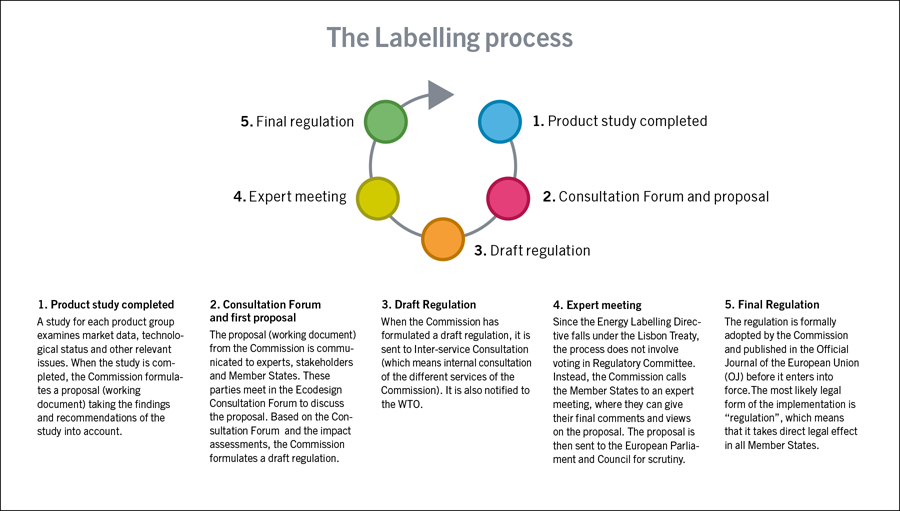107/2009: Simple set top boxes
Last updated: 11 November 2019
A draft proposal of a revision of the current Voluntary Agreement was finalized on July 16, 2015, and can be found here.
Ecodesign requirements
The regulation for simple set top boxes entered into force in February 2009.
The basic function of simple set top boxes (SSTB) is to convert digital broadcast signals to analogue broadcast signals suitable for analogue television or radio. Simple set top boxes have a short lifetime and are easier to use than complex set top boxes.
The EU Member States has agreed to replace all analogue broadcasting with digital broadcasting before 2015, which means that the number of simple set top boxes in use will rise dramatically over the coming years.
Some of the requirements are:
- One year after the regulation has come into force, the maximum allowed power consumption is 5 W for on mode, and 1 W for standby and off-mode.
- Three years after the regulation has come into force, the limit is still 5 W for on-mode but 0,5 W for stand by and off mode.
One year after the regulation has come into force all simple set top boxes shall provide standby mode and be equipped with automatic power-down or similar function.
Saving potentials
The introduction of the requirements are expected to deliver EU-wide electricity savings of 9 TWh by 2014, (corresponding to a decrease in energy use from 14 TWh to 9 Twh, or 64% for this product group), 4 million ton CO2 and savings of 1,4 billion Euro (with todaya's energy prices).
| Date | Process | Key documents |
|---|---|---|
| Draft proposal VA | Draft proposal of a new Voluntary Agreement (pdf) |
|
| Revision VA launched | Launch of revision of current Voluntary Agreement (website) |
|
| Regulation enters into force | Final regulation (pdf) |
|
| Study on simple set top boxes | Product study (pdf) |
|
Archived documents (zip) |










